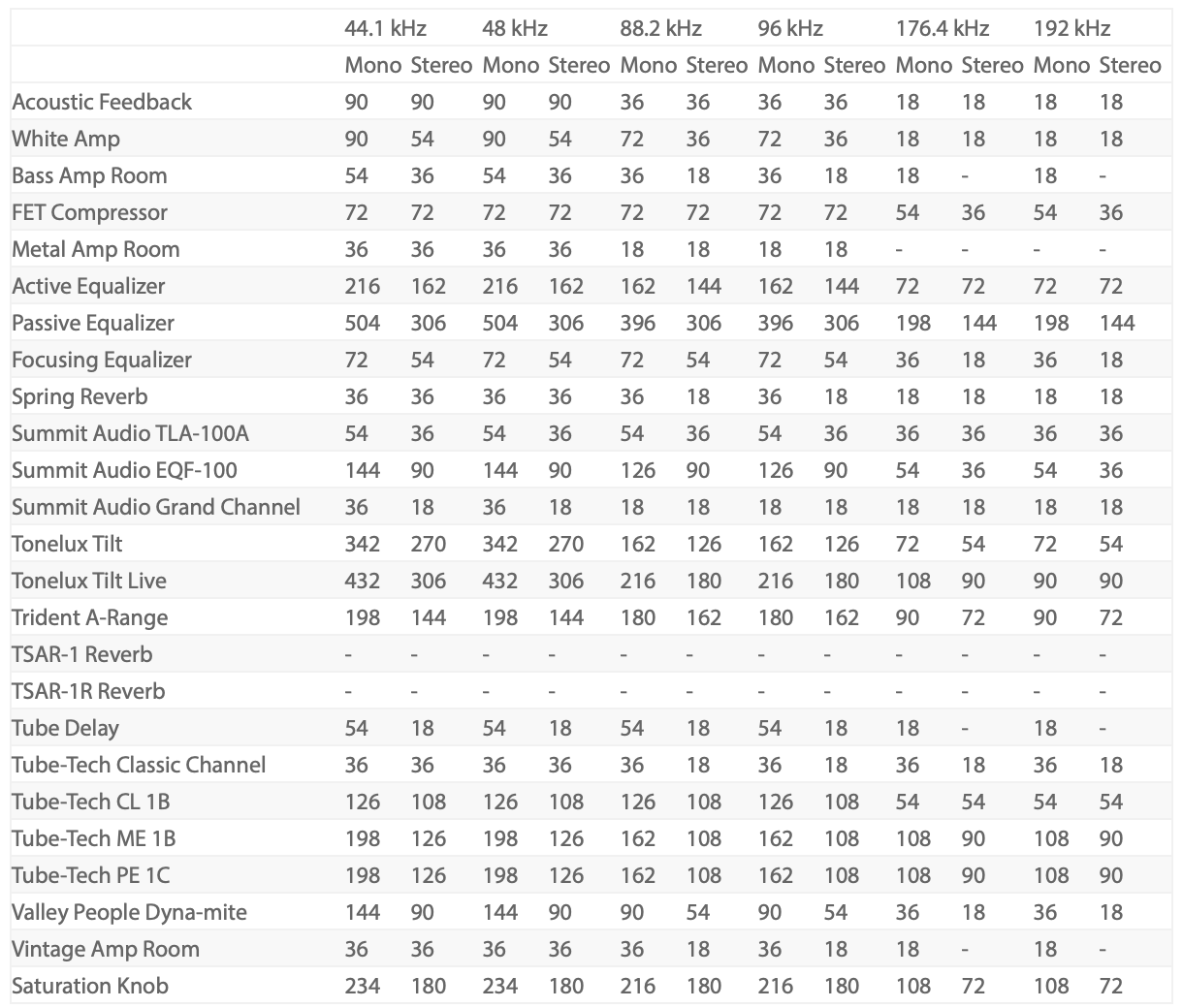The best way to make a loud master is to use a combination of techniques. The first technique is to always compress the mids, or midrange frequencies. This will make the mix more impactful and audible for your listeners. The second trick is to set an upward maximizer on your master bus compressor which should be inserted before any other compression you are using so that it limits peaks in the program material being pumped through it and brings up some quieter parts along with louder ones creating a greater sense of balance within the track as well as overall volume. A third thing you can do as part of this process is to use low-level compression on those same tracks or channels if they sound too loud when soloed out by themselves, but still have enough room left in them for mastering without sounding harsh when listening
Why You Should Use 2 Limiters on your master?
using 2 limiters, you split the processing between the two in order to reduce distortion while achieving a higher overall level. Furthermore, if the 2 limiters you use have a unique or complex timbre, combining these can yield an even more beneficial result.
2 limiters gives you more freedom to manipulate the sound. One limiter may set the first compressor so that it’s applied on an individual channel, and then use a second limiter with a different method to process all of them together.
This would reduce the sound of each channel by a certain level with one limiter, and then increase overall volume with another which retains the detail of each channel.
Why use a shorter release time for all compression on your master?
The shorter the release time for compression, the louder a signal will be. The reason is that it takes less time for amplitude to return to normal after being compressed. Short release times cause distortion but the effect can have a beneficial result.
The distortion will amplify the signal, causing it to sound even louder, but this may not be ideal. A good mid-ground for your release time is 50ms if you do not want any distortion.
The general consensus is to use a short release time for all compression, but each compressor has its own quirks and you should experiment with the right settings.
How to sandwich an expander between 2 limiters on your master?
You can make your signal louder without putting too much strain on a single form of processing, so long as you sandwich an expander between two limiters. That way, not only do you get a squashed chain, but also some dynamics that you lost from the first limiter.
The first limiter reduces most of the track’s dynamics and, by the time it hits the second limiter, only a few of its transients make it through.By putting an expander after this first limiter, you build back your dynamics.
I like to use a FabFilter Multi-band Expander and vary the release time, expanding some lows, mids and highs.
Why always use upward maximization or low-level compression on your master?
Upward maximization or low-level compression push quieter details in a mix upward, making them easier to perceive and reducing the effect of masking. One way this is helpful for mastering is when you want your master louder and more upfront.
Whereas conventional compressors and limiters attenuate the loudest parts of signal, upward maximizers and lower-level compressors are both detecting aspects of quiet signals, capturing them, and amplifying them while keeping peaks at the same level.
To make your mastering more “complicated” without having to push the limit too hard, try combining this effect with your usual compression.
Why compress your mids and use automatic make-up gain on your master?
Where the lows of a master track holds most of the dynamics, mids are where most instrumentation and detail is. You can’t count on dynamic range to give you these essential elements so use a traditional stereo compression with an internal side chain targeting the higher frequency to control your highs.
Keep your mids at a similar level by using an automatic makeup gain to get a more balanced sound.
Internal side-chaining ensures that the compressor only gets triggered when the mids are loud enough to do so.
Why use a dynamic limiter on your master?
Some limiters are better suited for specific forms of mastering, which may vary depending on the desired sound. A Dynamic Limiter typically expands the transients before limiting, meaning you can push the signal while retaining dynamics.
A good example of this is the FabFilter L2s dynamic option, which expands the signal’s dynamics right before a limiter kicks in.
For this reason, you might want to use the loud algorithm which is designed to generate louder sounds without causing distortion.
Why don’t be afraid to over-process your master?
Over-processing may seem like Over a- legitimateprocessing concern is, a common but it problem can with be many master helpful forings achieving, commercial but competitiveness this. fear can If lead you to an’re working uncommercial on rap sound or. pop For commercial music, sounding rap fear of or pop over- music,process you will hinder may the need production to. overprocess your mix.
If you’re mastering a song, and you know it needs to be louder than average, be sure to use both upward maximization and limiting.
One processor which is great for this task is One by IK Multimedia. If you include it in your signal chain prior to limiting, it provides just enough processing to get you into the commercially loud and punchy area.



tadalafil 80mg